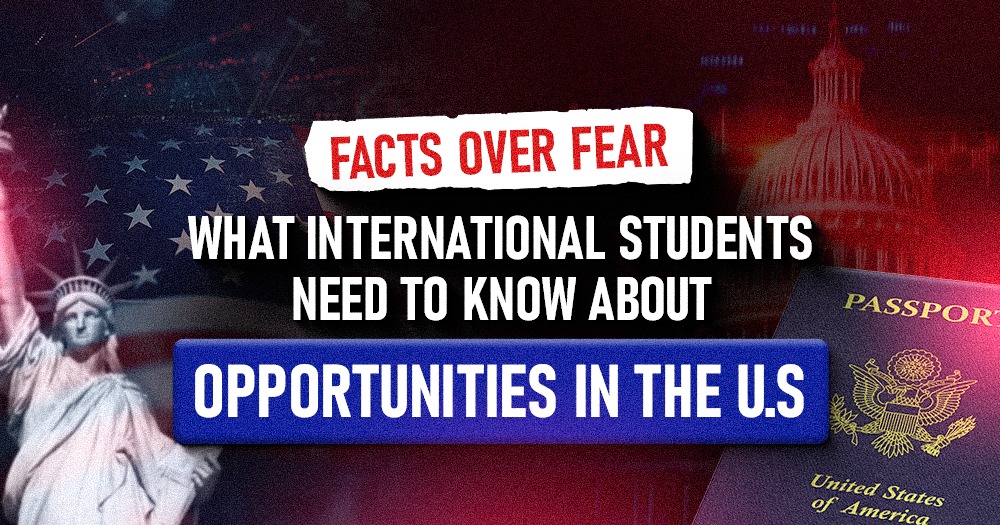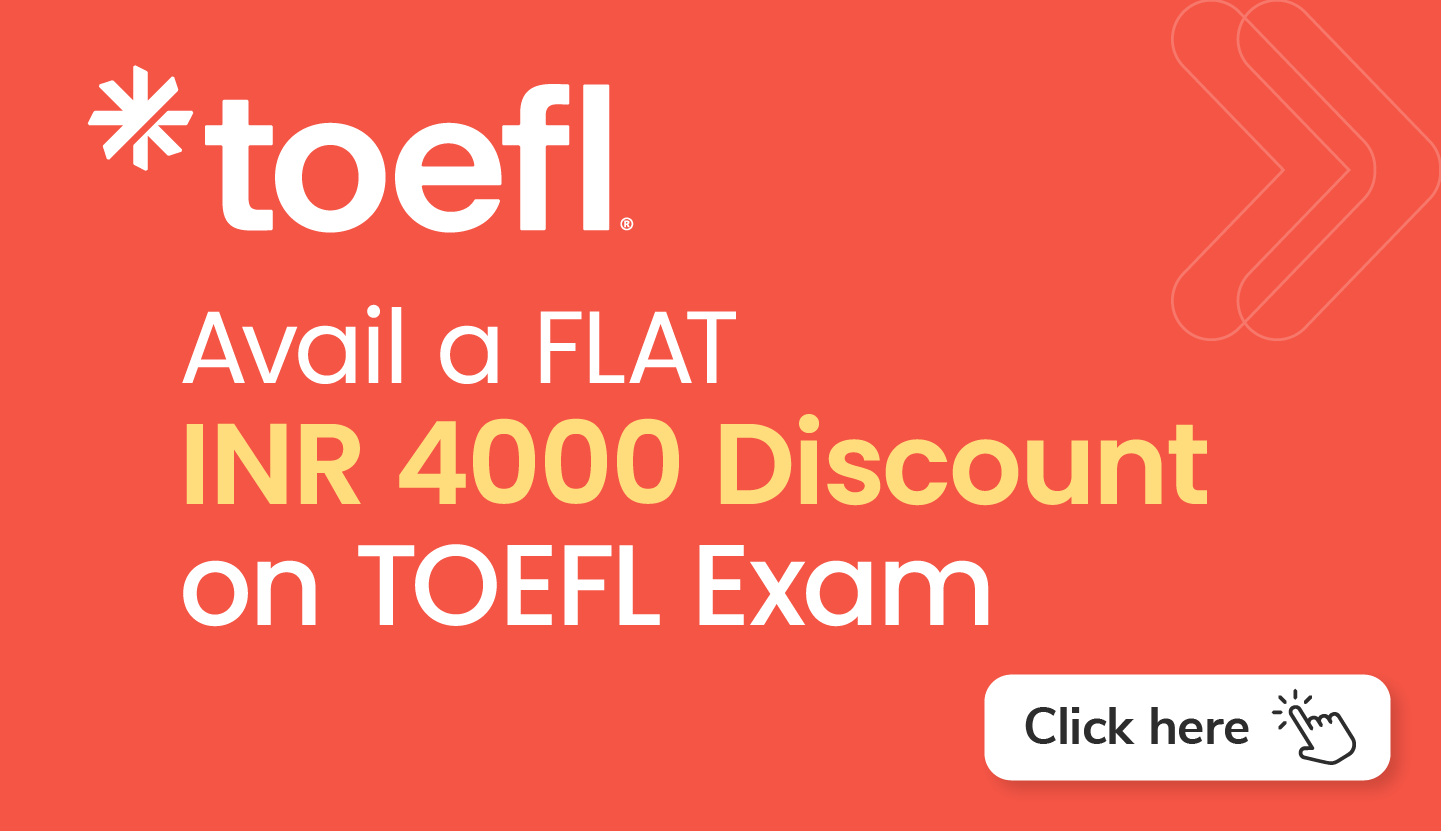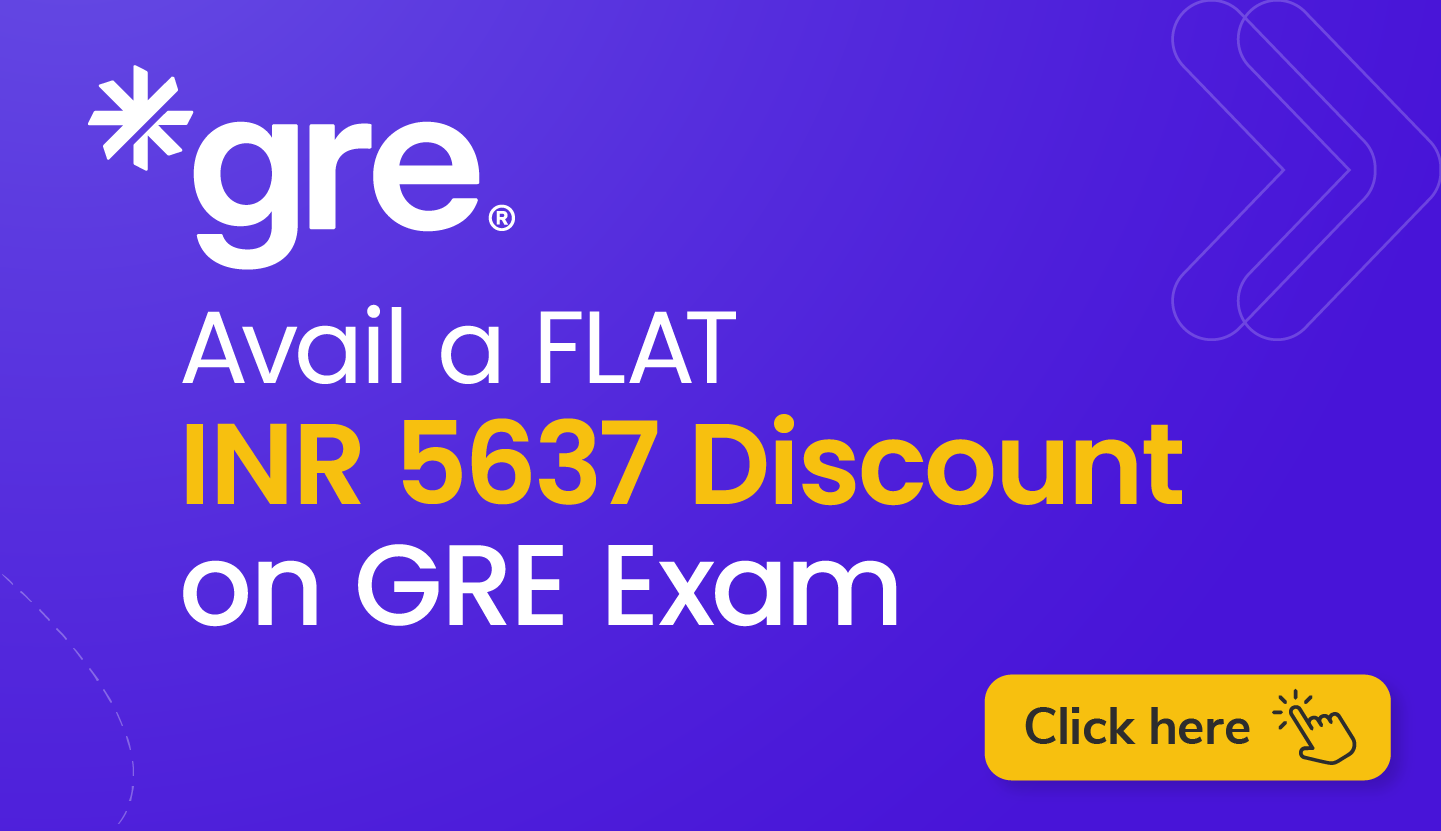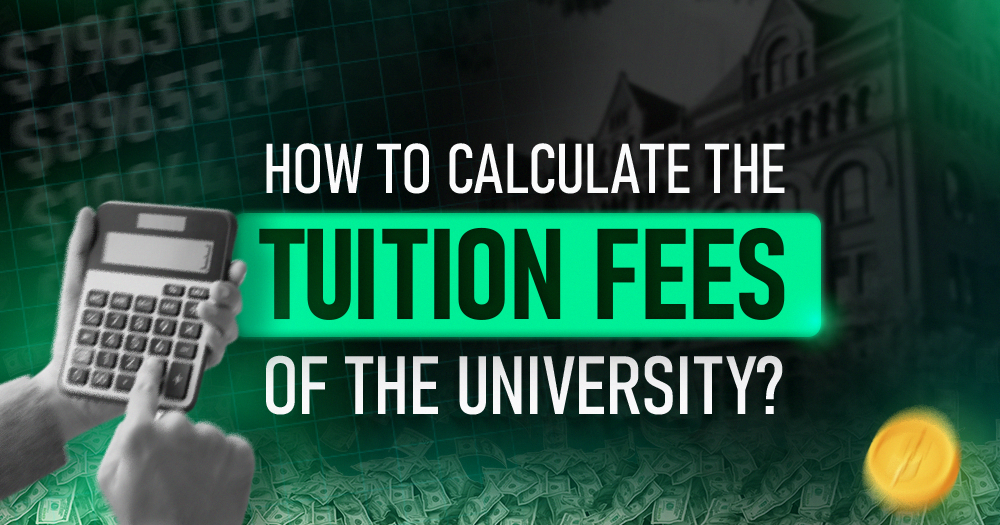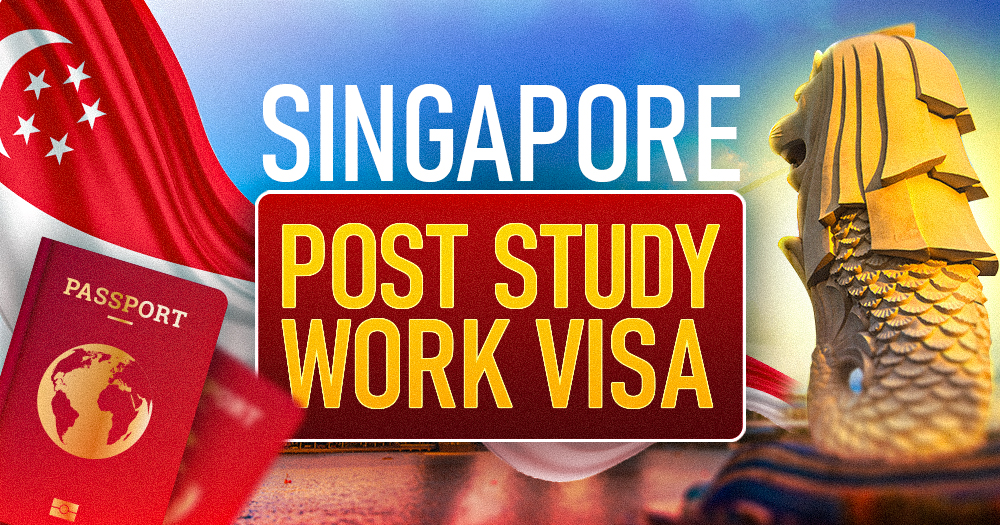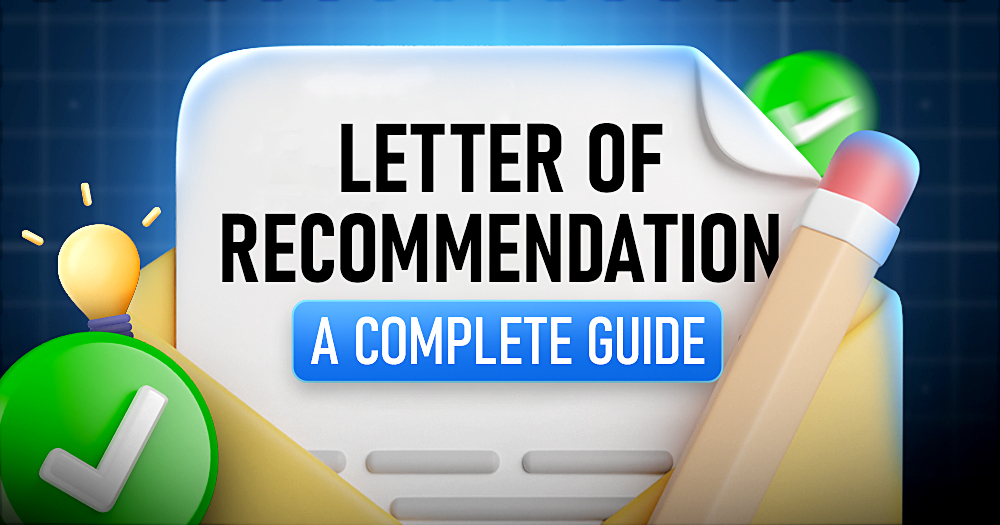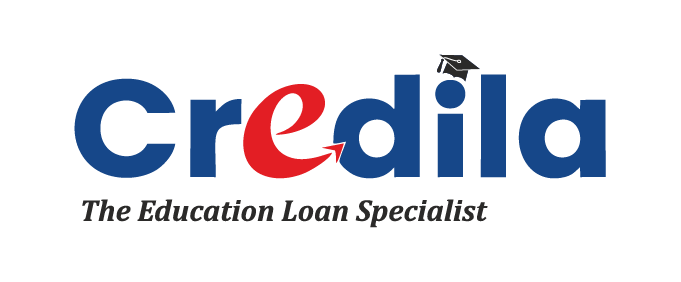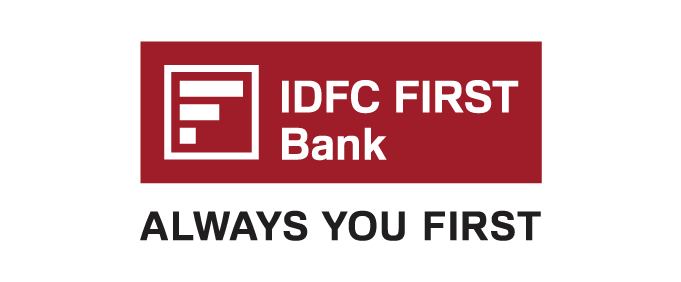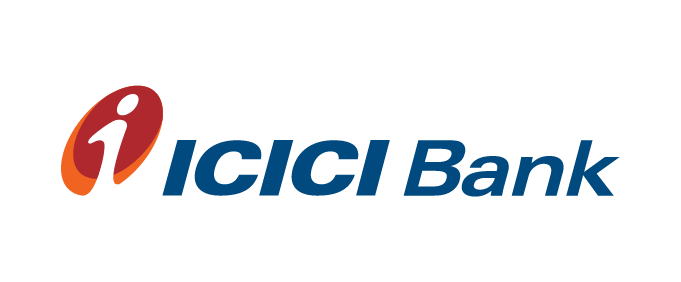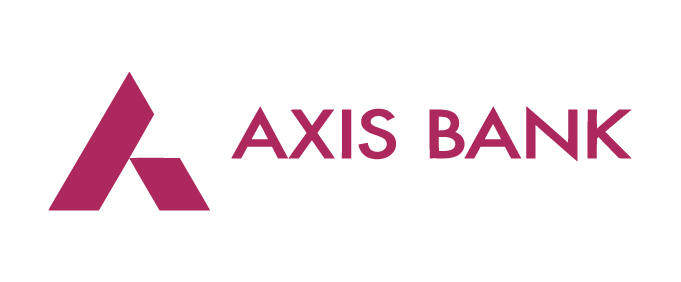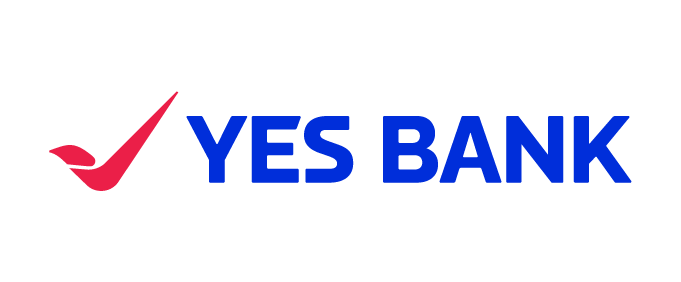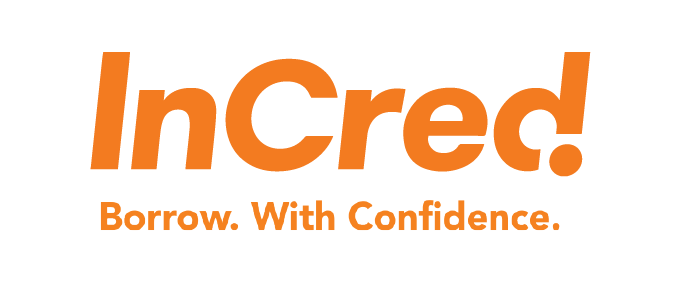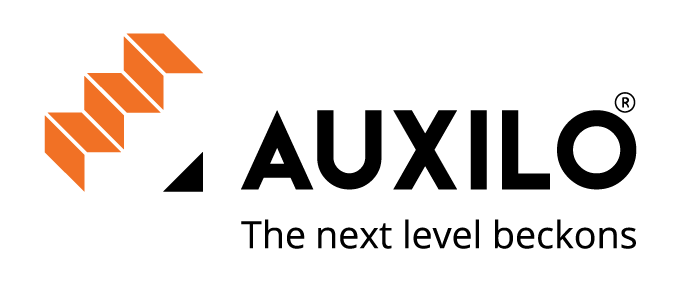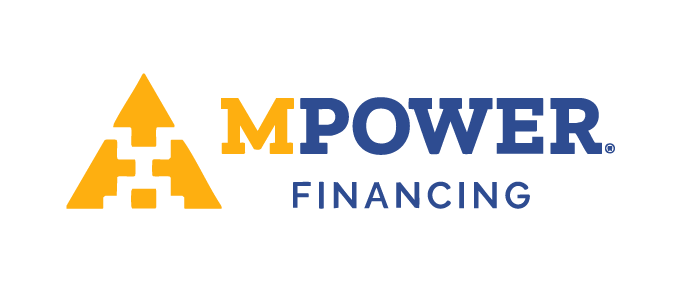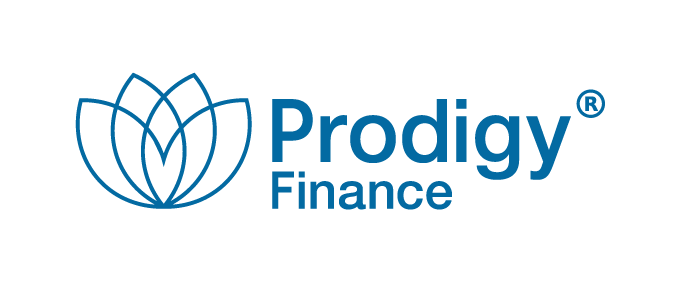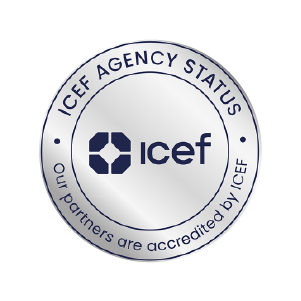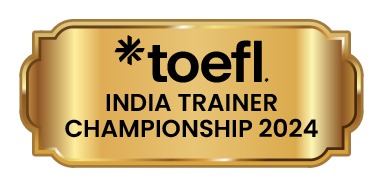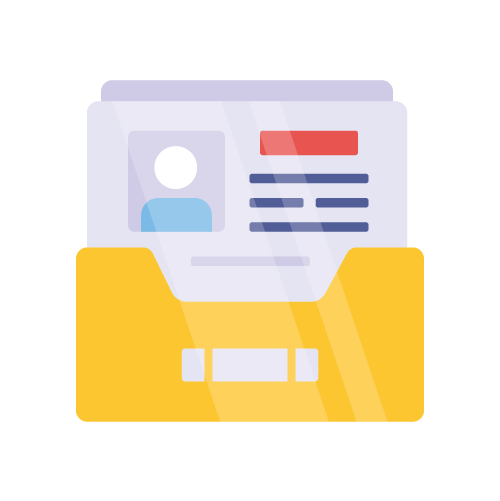An exhaustive guide for prospective US-bound students to confidently navigate the F1 student visa application process
Remember Javed Miandad’s six off the last ball on Chetan Sharma’s bowling that won Pakistan the Austral-Asia Cup final in 1986? Or more recently, the ‘AGUEROOOOOO’ moment in the English Premier League in 2011-12 season? These are two glaring examples in sport where the result of not just a match, but of an entire tournament changed at the very last moment. And life, in general, can be that way at times.
If you have received an admit from your desired American university, you’re one step closer towards realizing your dream of living the American dream. However, the battle is not fully won yet!
The US Visa process which concludes with an interview can prove to be a potential heart-breaker if you fail to plan properly. Which is why, we have created this master-guide for the F1 Visa application, so that you need to look nowhere else while going through the Visa process.
As a pre-cursor to beginning the Visa process, it is essential that you plan your finances well in advance. This is because one of the major reasons for rejection of the student Visa is lack of adequate finances. Therefore, it is advisable to plan your finances with respect to your study abroad plans under the guidance of a professional financial consultant.
That being said, we now look at different types of USA Student Visas:
Types of Student Visa in USA
Broadly speaking, the non-immigrant USA study visa meant for short term study and research purposes are of three types: F Visa, M Visa, and J Visa. The M visa is designed for students who wish to pursue non-academic or vocational studies, such as trade or technical schools. It is also available for students who wish to participate in practical training programs after they have completed their studies. The J visa, on the other hand, is designed for individuals who wish to participate in cultural exchange programs in the United States. This includes programs such as work and travel programs, research programs, and educational and cultural exchange programs. The J visa is also available for scholars, professors, and research assistants who are visiting the United States to participate in research or educational activities. However, these are not the Visa types that we will discuss in this article.
Here, our focus is on the F Visa which allows students to pursue programs (undergraduate, graduate, and doctoral programs) at American universities.
F1 Visa (For academic studies)
This is a non-immigration visa granted to international students planning to study at reputed and accredited US universities.
F2 Visa
This type of visa is applicable for dependents of F1 Visa holders (could be spouse of children under the age of 21)
F3 Visa
This type of visa is applicable for students form border countries such as Canada or Mexico intending to pursue full time or part time studies in the US
Most international students would need to apply for the F1 Visa in order to gain entry to the American mainland to pursue their education.
US F1 Visa Eligibility
In order to be eligible for gaining entry to the US on a F1 Visa, a student must meet the following visa requirements:
1. Be accepted by a Student and Exchange Visitor Program (SEVP)-approved educational institution: The applicant must first apply and be accepted by a US educational institution that is certified by the SEVP.
2. Be enrolled in a full-time academic program: The applicant must be enrolled in a full-time academic program, which can include undergraduate or graduate degree programs, STEM programs, as well as language training programs.
3. Demonstrate sufficient funds: The applicant must demonstrate that they have sufficient funds to cover the cost of tuition, fees, and living expenses during their stay in the United States.
4. Have ties to their home country: The applicant must demonstrate that they have strong ties to their home country, such as family, employment, or other connections, which would require them to return to their home country after completing their studies in the United States.
5. Be proficient in English: The applicant must demonstrate proficiency in English through either a standardized test such as TOEFL or IELTS, or by attending an English language training program.
6. Maintain a valid passport: The applicant must have a valid passport that is valid for at least six months beyond their intended period of stay in the United States.
It’s important to note that these are general visa requirements, and the eligibility criteria may vary based on the specific circumstances of each applicant.
Now, we come to the application process:
US F1 Visa Application Process
You can only initiate the F1 Visa application process if you have already secured an i-20. The I-20 is issued by SEVP-certified educational institutions to international students who have been accepted into an academic program. This form is required for students applying for an F-1 visa or for students who are already in the United States and wish to transfer to a new educational institution. The I-20 provides information about the student’s program of study, the expected length of study, and the financial support available to the student. It also includes a unique SEVIS identification number that is used to track the student’s immigration status.
To secure the i-20, you first need to decide which university you will want to finalize among the ones that you have got admits from. Once you do this, you have to complete the procedure that the university would specify to you via email, and then the university will issue you an i-20.
Once you receive the i-20, you can go about the US F1 Visa application by following the steps listed below:
1. Filling the DS-160 Form
The DS-160 is an Online Non-Immigrant VISA Application form for the US. It has to be filled for anyone who is applying for a Visa to the US as a non-immigrant irrespective of the purpose. The following are documents you need to begin filling out the DS-160 form:
– I-20 document
– Passport
– Resume (We advise you to keep this ready because you will be required to fill in some information that can be taken from your Resume to save your time)
– Additional Point of Contact – Details (Name, Contact Number, Address, Email ID) of any two persons (could be your friends who are not flying to the same country or relatives with a preferably different surname than yours).
To begin filling the DS -160 form, you need to visit the following link:
While filling out the form, you must remember that it is quite lengthy and you may not be able to complete the entire form in a single sitting. So, it is essential that you regularly save the progress you make while filling the form and also do not leave your computer without saving the progress.
2. Visa Fee Payment and Appointment Booking Process
Once you have filled the DS-160 visa form, the next step to do is to pay the Visa fees and book your appointment dates.
The Student Visa cost is $160. (As per the recent announcement by the US Embassy, the US student visa cost will increase to $185 after May 30, 2023)
To pay the Visa fee, go to the following link:
[[Link to Pay Visa Fee and Book Appointments]]
After paying the Visa fee, you need to book two dates which you will be able to do on the same website.
The two dates are for:
OFC – On this day, you need to go and record your biometric details which include taking a photograph and getting your fingerprints recorded at the Consulate.
Visa Interview – On this day, you will need to undergo a brief Visa interview on the basis of which you will be granted a Visa.
We will talk about these two dates a bit later.
3. SEVIS Fee Payment
In order to maintain their records in the SEVIS system, all international students need to pay a certain fee to the US Immigration and Customs Enforcement (ICE). This fee is called the SEVIS Fee and is mandatory to pay for all foreign nationals who apply on Visa Categories F-1, F-3, M-1, M-3, and J-1.
The SEVIS Fee is $350. You need to make the SEVIS Fee payment by a Credit Card or Debit Card (Visa or MasterCard) or a Forex Card.
You can click on the following link to make the SEVIS Fee Payment:
After you have paid the SEVIS Fee, you will obtain the SEVIS Fee Receipt. You must carry the SEVIS Fee Receipt with you throughout the time you are on the F1 Visa. You will be required to produce the SEVIS Fee Receipt at the port of entry when you land, and each time you leave and re-enter the US, and so on. Therefore, it is recommended that you carry multiple copies of the SEVIS Fee Receipt and keep one copy of it in every bag you carry.
4. OFC and Visa Interview Process
Once you have booked the dates, you have to visit the US Embassy on those dates to complete the respective procedures.
The following is the list of documents that you need to carry on the two dates:
Documents Required for OFC
1) Current (and old, if any) Passport(s)
2) DS-160 confirmation page with barcode
3) Visa application fee receipt
4) VFS appointment letter
5) I-20 document
6) SEVIS Fee Receipt
Documents Required for Visa Interview
For the Visa Interview, you will have to carry a few more documents. To make it easier for you, we divide them into three categories:
Documents that you already carried for OFC
1) Current (and old, if any) Passport(s)
2) DS-160 confirmation page with barcode
3) Visa application fee receipt
4) VFS appointment letter
5) I-20 document
6) SEVIS Fee Receipt
Academic Documents
1) Degree Certificate (if you have received it)
2) Marksheets
3) GRE/TOEFL/IELTS score report cards
Financial Documents
1) Income Summary
2) Liquid Assets Summary
3) Proof of Income (Preferably Income Tax Returns.
Other acceptable proofs are Form 16 or salary slips)
4) 3-month bank statements for savings accounts
5) Original FD Receipts for Fixed Deposits
6) Surrender Value Certificate for Insurance Policies
7) Mutual Fund Statements
8) Share Certificate / DEMAT statement for shares
9) PPF/NSC passbook
10) PF Statement
11) Loan Sanction Letter (if applicable)
12) Gold Evaluation Certificate (if applicable)
13) Affidavit of Support (if you plan to show sponsors
apart from yourself and your parents)
These documents act as proof for the financial figures that you have filled in the income and liquid asset summaries. You do not have to carry all of them; you only need to carry corresponding proofs for the liquid assets that you have planned to show.
The documents from 3-14 should not be older than 3 months at the time of your Visa Interview. Ideally, we would recommend you to collect them around 3-4 weeks before the Interview. For fixed (non-liquid) assets, you do not need to carry any proof.
Remember, the Visa interview is that time when your Visa would either be granted or refused, based on the responses that you give to the questions asked by the interviewer. To help you in preparing for the same, we have a dedicated article focusing on how to prepare for the F1 Visa interview.
Visa Application Time
You will be able to begin with your Visa application as soon as you receive your i-20. However, you may not be able to get your desired dates for OFC and Visa Interview right away. Therefore, after paying the Visa fees, you need to keep checking the dates for availability, and as soon as they are available, you can go ahead and book the same.
Visa Validity
F1 validity covers the full period of your study. You need to apply for renewal if your course duration extends the visa validity period. You can find the validity information on the i20 and i94 forms that you will receive upon entering the US.
US Embassies and Consulates in India at a Glance
As F1 visas are provided only by US embassies and consulates outside the US, we have listed herewith, embassies and consulates at the pan India level.
What We Can Do
There are three critical things when it comes to US F1 Visa application. The first is the right choice of program and university (you can trust us when we say that students who get into good universities stand a far higher chance of securing the student visa ).
If you are yet to begin with your university applications, you may want to check out our Study in USA page where you can get a comprehensive overview of the education scenario for international students in the US.
Now if you have already secured an admit into the university of your choice, you may want to ensure that your efforts do not falter on the last lap i.e. Visa application.
Apart from the above aspect of choosing the right program, you also need to have a sound financial backing and also prepare well for the Visa interview. For such students who have already secured admits, we have the Visa application package which you can book by clicking on the following link:
As part of the F1 visa application package, you will be able to benefit from financial counselling from our experienced financial planning team. They would assess your family finances as a whole and recommend you whatever changes you may need to make.
Also, you will be able to avail of video-enabled form-filling guidance. We have a set of videos where we have demonstrated how to fill the various forms on the live screen along with explanations on how to fill each field. Apart from that, if you face any issues, you will be able to benefit from a one-on-one consultation with a dedicated visa counsellor.
Finally, we also conduct several rounds of mock interviews, where we train students on a variety of questions that we know are asked in the F1 visa interview. Our expertise in this regard has ensured that we have a _____% Visa acceptance rate for the F1 Visa, and you can rely on us to handle your case in the best possible manner.
FAQs
SEVP is a part of the US Immigration and Customs Enforcement that works closely with the government to manage and monitor F and M students. It acts as a bridge between the government and the non-immigrant students.
SEVP also manages the Student and Exchange Visitor Information System (SEVIS) – an electronic database system that contains updated information on international students along with college and university details. The Department of State (DoS) manages students for J visas. Both the organizations, SEVP and DSO use the SEVIS system to track and monitor international students and universities.
It is important to note here that you must have an acceptance letter from a reputed US school or university duly recognised and approved by SEVP.
Based on your admission to a SEVP recognised university, you will receive one of the two documents: i20 or DS-2019. These documents will be provided by the university you wish to attend. It will be sent by a Designated School Official (DSO) from your university’s international student office.
i20 is a document and certificate of eligibility that students need to apply for the F1 student visa. This form/ document is generated by SEVIS. You will also receive a SEVIS ID along with the i20 document. You will be required to present this document along with your F1 visa upon entering the US.
DS-2019 is a document and certificate of eligibility that students need to apply for J1 (exchange) student visa. This form/ document is also generated by SEVIS.
Though F1 visas are primarily study visas, you will be able to work in the US by following certain F1 visa rules and restrictions. You can work on the campus for 20 hours per week while your academic term is in session. You may work off campus with due approval from your university.
The F1 visa provides various benefits, including Optional Practical Training (OPT) and Curricular Practical Training (CPT), which allow international students to gain work experience in the US during or after their studies.
Optional Practical Training
OPT is a program that enables F1 visa students to work and train in the US for up to three years. The program usually lasts for 12 months, but if you are pursuing a degree in STEM fields, you can apply for a 24-month extension. To be eligible for OPT, you must be enrolled in a full-time course and hold a valid F1 visa. One of the advantages of OPT is that you can change jobs while in the program and do not need a job offer to apply for it.
Curricular Practical Training
CPT, on the other hand, provides short-term work experience opportunities for international students enrolled in specific academic programs. Unlike OPT, CPT does not offer the opportunity to work after graduation. It's worth noting that to be eligible for CPT, you must have completed one academic year of full-time studies and have a job offer that is directly related to your major.
Yes, you will need to apply for a F1 Visa even if your B1 Visa is currently valid. This is because the B1 visa is a tourist visa, whereas to study in the US, you need to have a student Visa.
Yes, there are stay back options available for international students after completing their studies on a USA student visa. The most common stay back option is the Optional Practical Training (OPT) program. OPT allows eligible students to work in the United States for up to 12 months after completing their academic program. For STEM (Science, Technology, Engineering, and Mathematics) degree holders, there is an extension available for an additional 24 months, making the total potential duration of post-study work up to 36 months.








